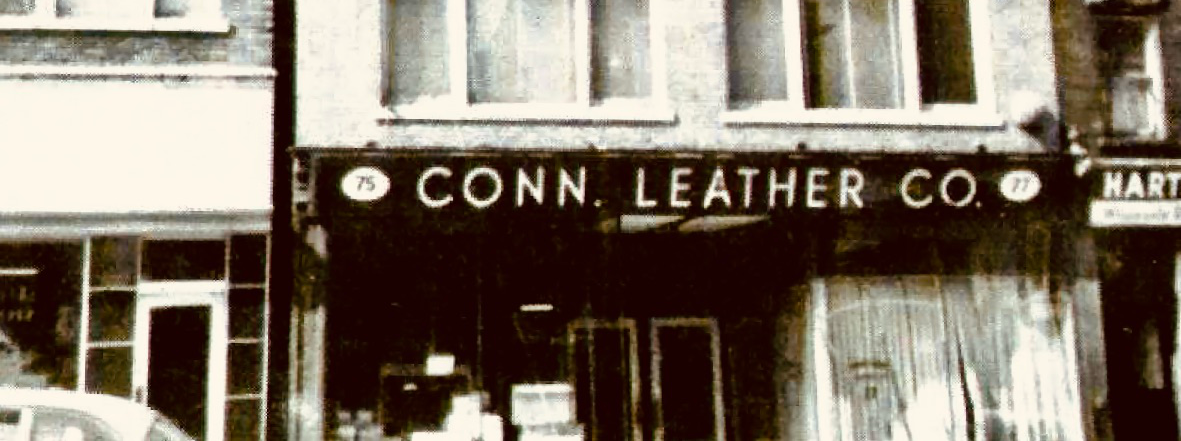
ColecoVision History
It’s in 1932, in the midst of the Great Depression, that the adventures of Coleco started. Maurice Greenberg, a Russian immigrant, was in the business of selling shoe repair supplies. He opened a store in West Hartford called the “Connecticut Leather Company” (aka Coleco). His youngest son, Leonard, was an engineer and made his own factory in the back of his father’s shop.
In the 1940s, Leonard talked his father into a new business venture, leather crafts. At first, Coleco only sold spools of leather for stitching purposes, and eventually won prizes for their moccasin kits. In 1957, they moved their business to the manufacture of small wading pools. Leonard designed and built plastic forming machines to produce these pools. A few years later, they also produced above-ground pools. The company did well, and outcompeted the leather side of the business. In 1962, they sold off the leather-goods portion and became Coleco Industries Inc.
In 1966, Maurice’s other son, Arnold, became Coleco’s chief legal counsel and later its president. Two years later, they acquired Eagle Toys of Canada which was re-christened Coleco Canada. This company made hockey tabletop games. In 1971, Coleco was listed on the New York Stock Exchange, and five years later they entered the electronic game field with the Telstar. The Telstar, a home Pong-type game, was a perfect product to optimize the factory utilization and had good sales in 1977. Coleco made several upgraded Telstar games, but lost $22.3 million in 1978 due to a 60-day dock strike just before the Christmas season.
In 1981, Coleco began to investigate the market of video game systems again, and introduced, in August of 1982, ColecoVision. The success was instantaneous for the arcade quality system. They sold over 550,000 consoles by Christmas and became the bestselling video game console moving more units than both Atari’s 2600 and Mattel’s Intellivision combined. Coleco’s stock jumped from 6 7/8 to 36 ¾ during that period. With this craze, they rapidly launched the Adam home computer. Unfortunately, the sales and the quality of the new product were not as expected, and Coleco dropped the ColecoVision and Adam in 1985. Close to bankruptcy, Coleco introduced a new doll called Cabbage Patch Kids which saved the company for a short period of time. In 1986, the fad for the Cabbage Patch doll declined and the company lost $111 million. Finally, after another disastrous year in 1987 with a loss of $105 million, Coleco filed for bankruptcy in 1988.